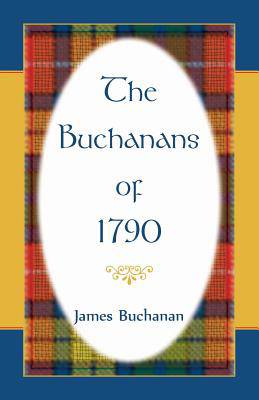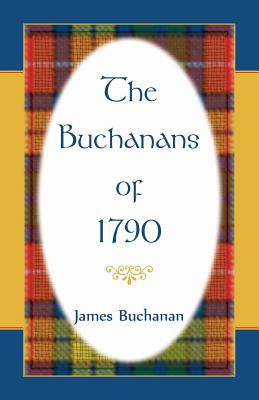
- Retrait gratuit dans votre magasin Club
- 7.000.000 titres dans notre catalogue
- Payer en toute sécurité
- Toujours un magasin près de chez vous
- Retrait gratuit dans votre magasin Club
- 7.000.0000 titres dans notre catalogue
- Payer en toute sécurité
- Toujours un magasin près de chez vous
Description
This book looks at the Buchanan families of the United States in 1790, when our young nation was taking the first census of its residents. Who were these Buchanans? The official census lists more than 150 families with twenty-one different spelling variations for the name. Among the families were 740 white individuals, four black freedmen and 219 slaves. Most Buchanans were farmers, some were merchants; and later, in the 1800s, one Buchanan became president. Interestingly, one black freedman owned slaves. This book is not intended to be a complete genealogy, but some information is included where it was located. Rather, the concept is to show the geographic distribution and movement of Buchanan families in a static slice of time correlating to the years in close proximity to the first census of the United States. New England: Vermont; Middle States: New York, New Jersey, Pennsylvania and Delaware; Upper South: Maryland and Virginia; Deep South: North Carolina, South Carolina and Georgia; and, Trans-Appalachia: Kentucky, Ohio and Tennessee Buchanans are covered. In August 1814, census records that were stored in the State Department in Washington, D.C., were burned by the British when they sacked the city and burned government buildings; other records where lost by the various states. For this reason, the census had to be reconstructed using alternate records available for the period around 1790. The reconstructed records (for those states in which the original census was lost) and local sources add many more families and slaves to the story. A full-name index adds to the value of this work.
Spécifications
Parties prenantes
- Auteur(s) :
- Editeur:
Contenu
- Nombre de pages :
- 124
- Langue:
- Anglais
Caractéristiques
- EAN:
- 9780788455933
- Date de parution :
- 11-12-14
- Format:
- Livre broché
- Format numérique:
- Trade paperback (VS)
- Dimensions :
- 140 mm x 216 mm
- Poids :
- 149 g

Les avis
Nous publions uniquement les avis qui respectent les conditions requises. Consultez nos conditions pour les avis.






